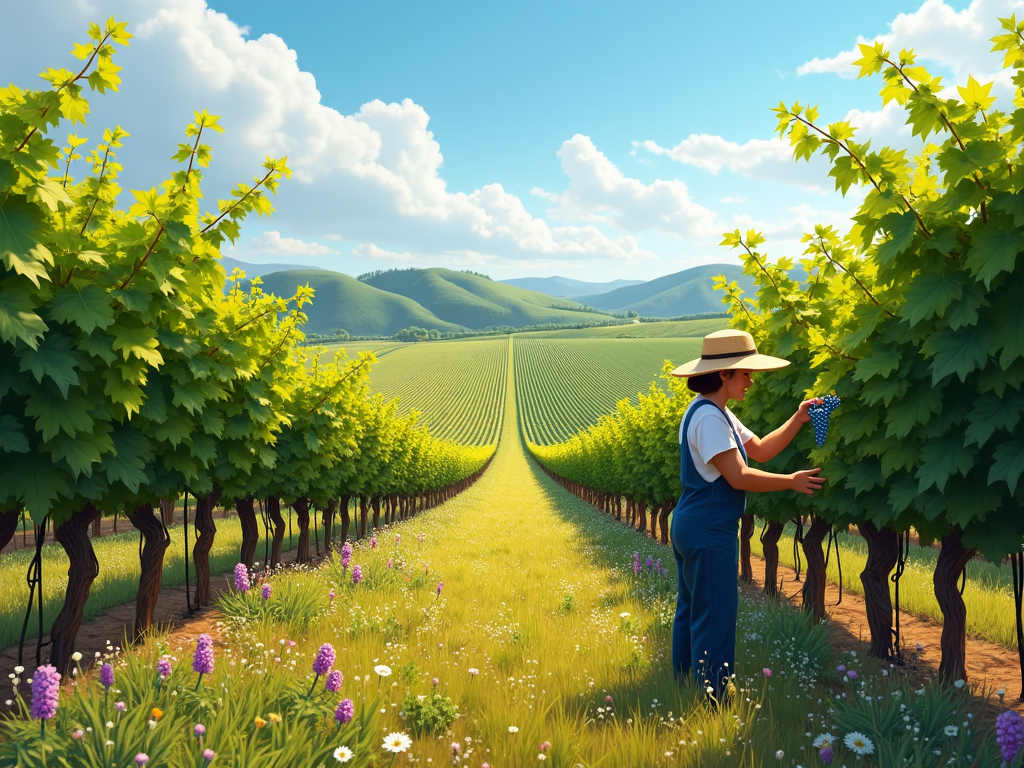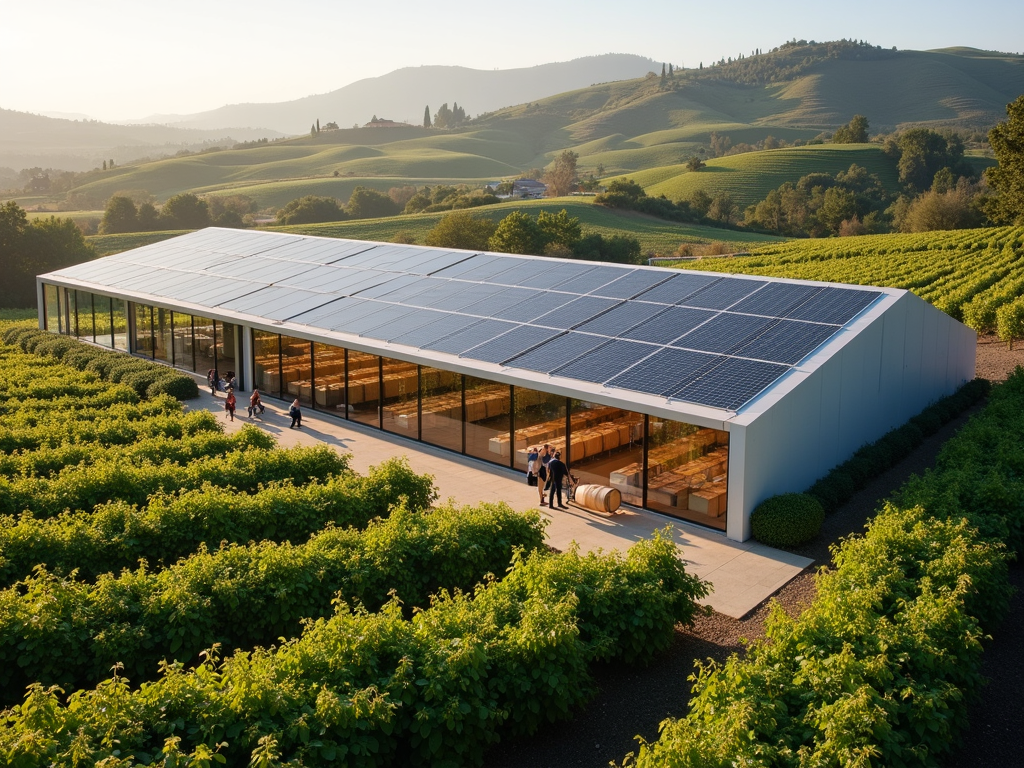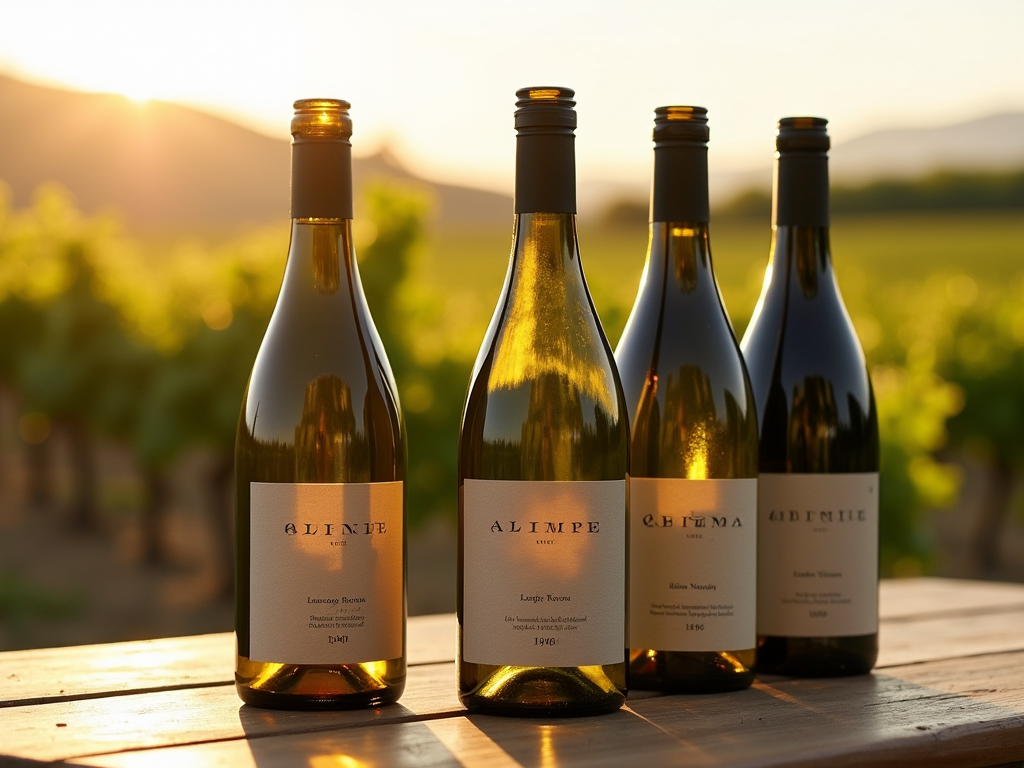Sustainable Practices in Modern Winemaking: A Comprehensive Guide
Sustainable winemaking is transforming the wine industry. Wineries are adopting eco-friendly practices to lower their environmental impact while producing delicious wines. This guide dives into these efforts, spotlighting leaders like Jackson Family Wines and trends shaping the future of wine.
What Is Sustainable Winemaking?
I’ve always loved a good glass of wine, but recently, I’ve been curious about how it’s made. Sustainable winemaking caught my attention because it focuses on growing grapes and making wine in ways that don’t harm the earth. It’s about using fewer chemicals, saving water, and cutting waste—all while keeping the wine tasty.
This isn’t just a buzzword. It’s a real shift happening across the globe. Wineries are realizing they can protect the environment and still thrive. Whether it’s solar power or recycled bottles, these practices are becoming the new standard in modern winemaking.

Growing Grapes the Green Way
Last summer, I visited a vineyard that blew me away. They didn’t use harsh pesticides—just natural methods to keep pests away. This is what sustainable vineyard management looks like. Wineries are switching to organic farming, which means healthier soil and grapes.
They’re also saving water. Drip irrigation systems deliver just the right amount to each vine. And cover crops—like clover or mustard—grow between rows to stop erosion and attract helpful bugs. It’s simple but smart, and it makes a big difference.
Vineyard Sustainability Tips
Here’s what I’ve learned: - Go organic: Skip synthetic chemicals for natural pest control. - Save water: Use drip irrigation instead of flooding fields. - Plant cover crops: They protect the soil and boost biodiversity.

Making Wine with Less Impact
Inside the winery, sustainability keeps going. I once toured a place that ran on solar power—everything from crushing grapes to bottling. It was quiet, clean, and impressive. Energy-efficient tools like these cut down on electricity use.
Water’s a big deal too. Some wineries recycle it, using the same batch to clean equipment multiple times. And those leftover grape skins? They don’t go to waste—they’re turned into compost. It’s practical stuff that keeps the planet in mind.
I tasted a wine there, and honestly, it was amazing. Knowing it was made this way made it even better. Sustainable practices in modern winemaking don’t just help the earth—they can elevate the whole experience.

Bottling and Shipping Smarter
Packaging matters more than you’d think. I used to toss wine bottles without a second thought, but now I notice the difference. Many wineries are using recycled glass or lighter bottles to cut down on shipping emissions.
Some are even trying boxed wine or cans. At first, I wasn’t sure about it—wine in a can? But it’s lighter, easier to recycle, and keeps the wine fresh. Plus, shipping routes are getting greener with electric trucks or better planning.
It’s not perfect yet, but every step counts. When I pick up a bottle now, I check the label. If it’s eco-friendly, I feel good knowing I’m supporting something bigger.

Spotlight: Jackson Family Wines
I’ve got to give a shoutout to Jackson Family Wines. They’re a big name in sustainable winemaking, and for good reason. I read about their work—solar panels, water-saving tech, organic vineyards—and it’s inspiring.
They’ve earned certifications for their efforts, proving it’s not just talk. Tasting one of their wines felt special because I knew the story behind it. Jackson Family Wines shows how a big player can lead the way without sacrificing quality.
How They Stack Up Against Other Wine Brands
So, how does Jackson Family Wines compare to other wine brands? Plenty of wineries are jumping on the sustainability train. Some focus on biodynamic farming—think moon cycles and natural rhythms—while others tackle packaging.
Take New World wine regions, for example. Places like Australia and California are pushing eco-friendly methods hard. I found ‘The Rise of New World Wines: A Comprehensive Guide’ super helpful for understanding this. But Jackson Family Wines stands out with their all-in approach.

The Ups and Downs of Going Green
Switching to sustainable practices isn’t always easy. I talked to a small winery owner once who said the upfront costs—like buying solar panels—were tough. Plus, learning new methods takes time and effort.
But the payoffs are worth it. Over time, they save money on energy and water. Customers love it too—people like me are more likely to buy from a brand that cares. It’s a challenge, sure, but also a huge opportunity.
Overcoming Obstacles
Here’s a quick table I put together: | Challenge | Solution | |-------------------|---------------------------| | High costs | Start small, scale up | | Learning curve | Train staff, seek experts | | Certification | Partner with local groups |
Why It All Matters
Sustainable winemaking isn’t just a fad—it’s the future. I’ve seen how these practices make wines I love even more meaningful. Brands like Jackson Family Wines prove you can do good and still make great wine.
Next time you’re sipping a glass, think about where it came from. If it’s from a sustainable winery, you’re part of something bigger. That’s a pretty cool feeling, if you ask me.